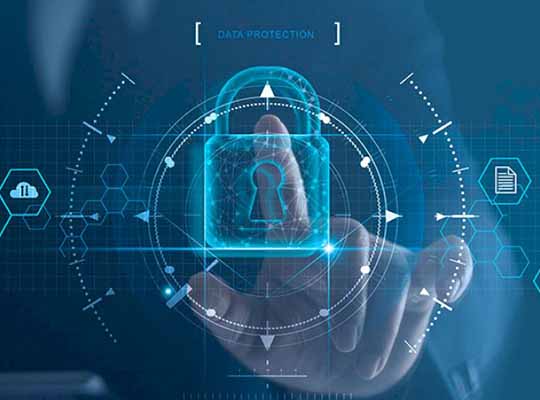As COVID-19 constraints are gradually eased, hybrid work environments that support a mix of at-home and in-office arrangements are growing. Besides factors such as productivity and collaboration, security is a critical component when establishing a hybrid workspace.
With more permanent hybrid work arrangements for their employees, companies are venturing into uncharted territory with the shift in remote work. Apart from the many benefits spoken, adopting a hybrid work model has several drawbacks, such as providing staff with appropriate technology and developing new regulations to accommodate teams. It also refers to a workforce that has spent the previous year experimenting with new ways of working. They’re more mobile now, switching between devices and networks, and they’re also more likely to use cloud-based tools to communicate potentially sensitive information among co-workers. This creates new cybersecurity and data protection challenges for businesses transitioning to hybrid work environments. Last year, Data breaches reached an all-time high. The continuous attacks looked to exploit security vulnerabilities followed by insider threats such as human error or malicious employees. Data breach protection will be crucial for many firms as we approach 2022, with 2021 likely to be a record-breaking year for data breaches. Here are a few data security trends in 2022 to prevent future threats.
Data protection policies will be re-evaluated and updated: The rapid growth of remote working has inevitably increased the number of mobile devices requiring access to the corporate network. As a result, users install potentially malware-infected software and expose enterprise data to outside networks, which have led to new security dangers. IT security personnel should not overlook that these devices belong to the employees. As a result, standard rules and regulations for enforcing new upgrades may be ineffective, necessitating a re-evaluation of present data protection measures will be required.
Zero trust will become more critical: The critical premise of Zero Trust is “never confidence, always verify,” which means that no implicit trust is offered to networks, systems, or data. The concept believes that any request to access assets or resources, whether inside or beyond the traditional firewall, requires verification. A zero-trust security model is essential today because businesses are increasingly storing data on various platforms and services, both on and off-premises. As a result, numerous employees and partners have access to applications from multiple devices in multiple locations. The primary security approach is no longer enough for today’s complicated networks. In this era of widespread remote labor, zero trust models are more important and influential.
Ensure the safety of your cloud-based applications and services: Cloud-based solutions and services are popular in hybrid workplaces because they provide greater flexibility, accessibility, and scalability. Regardless of whether the cloud service is Infrastructure-as-a-Service (IaaS), Platform-as-a-Service (PaaS), Desktop-as-a-Service (DaaS), or Software-as-a-Service (SaaS), enterprises are responsible for securing their data and user access (SaaS). Companies may feel that the provider is solely responsible for the cloud environment’s security. Monitoring, restricting, and limiting access to files, keeping your network security up to date, and using strong passwords are some of the best practices for securing your information in cloud environments. Another option is to encrypt important information before sending it to the cloud.
Encryption should be adopted: Encryption is becoming more widely used, and this trend will continue. Early adopters include highly regulated businesses like finance and healthcare, but Encryption can and should be used by far more comprehensive range of industries. It must be included in data protection regulations. Once companies learn that encrypted data is useless to criminals and that Encryption is practical and can solve many of the issues around data privacy, more companies will use the technology. Next-generation encryption technologies will make Encryption significantly more accessible to a broader range of businesses. Organizations may readily access and use their data without providing their encryption keys or data content, which improves their data security profile.
Educate your employees: to keep your company safe while remaining as productive as possible in a flexible work environment. (re)Train your staff, particularly those who are wholly or partially remote. Concentrate on the dangers and hazards they should be aware of, as well as the cybersecurity best practices they should be familiar with. The hybrid workforce appears to be one of the most visible developments emerging in the post-pandemic society. Securing data across a hybrid IT infrastructure is a top priority for any company, especially with new data protection legislation on the horizon.
With the hybrid work model continuing in 2022, companies will need to implement the correct Data Loss Prevention (DLP) policies, enforce device security, optimize productivity and collaboration. Zero-trust will play a significant role, and Encryption will be a must.















